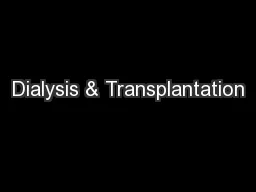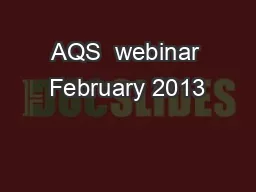PPT-BALEAP Webinar Deak Kirkham
Author : calandra-battersby | Published Date : 2018-09-30
University of Leeds Todays issues A case study of a phonological process in English t glottalisation as in a bit of water as əˡbıɁəˡwɔɁə We suggest
Presentation Embed Code
Download Presentation
Download Presentation The PPT/PDF document "BALEAP Webinar Deak Kirkham" is the property of its rightful owner. Permission is granted to download and print the materials on this website for personal, non-commercial use only, and to display it on your personal computer provided you do not modify the materials and that you retain all copyright notices contained in the materials. By downloading content from our website, you accept the terms of this agreement.
BALEAP Webinar Deak Kirkham: Transcript
Download Rules Of Document
"BALEAP Webinar Deak Kirkham"The content belongs to its owner. You may download and print it for personal use, without modification, and keep all copyright notices. By downloading, you agree to these terms.
Related Documents














